How to play Victorian parlour games
Turn back the clocks this year and get everyone to gather round for some traditional party games and good old-fashioned fun
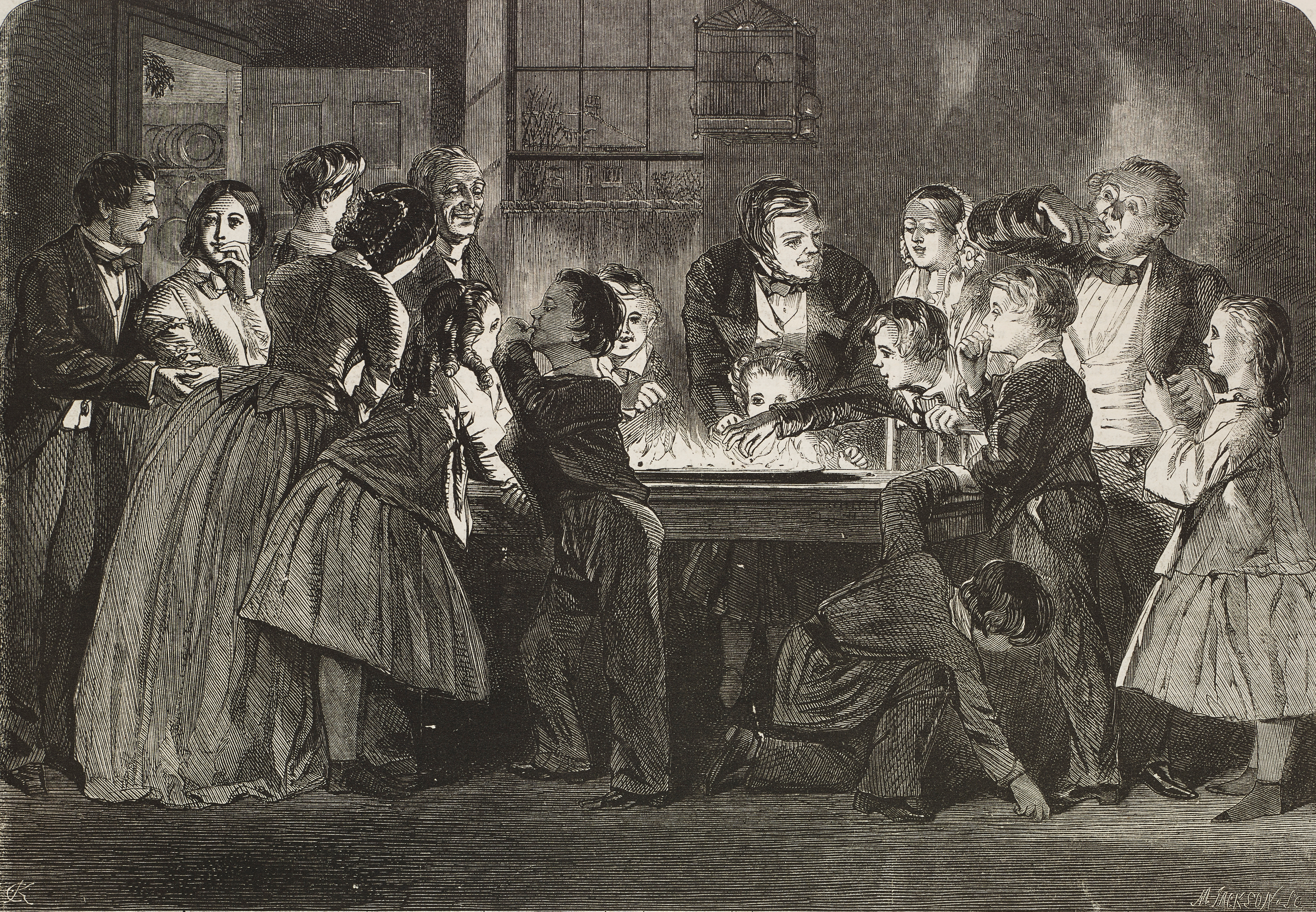

Just for once, because it’s Christmas, wouldn’t it be nice to persuade everyone – teenagers included – to remove their headphones, put their phones down, switch off the TV and do something more communal instead?
Something… like playing cards or traditional party games, for instance. It might feel a bit strange at first, but once everyone is in the Christmas spirit you might actually start to enjoy them.
Our Victorian ancestors were the past masters of the parlour game. Some of their favourites may sound familiar – you probably played versions of them as a child. Others were just downright dangerous, while some are distinctly of their time: flirtatious, non-PC activities designed to give the players as many opportunities as possible to make physical contact with one another.
If you fancy getting in the Victorian festive spirit then find out how to have a Victorian Christmas in 8 simple steps.
1. How to play Blind Man's Buff
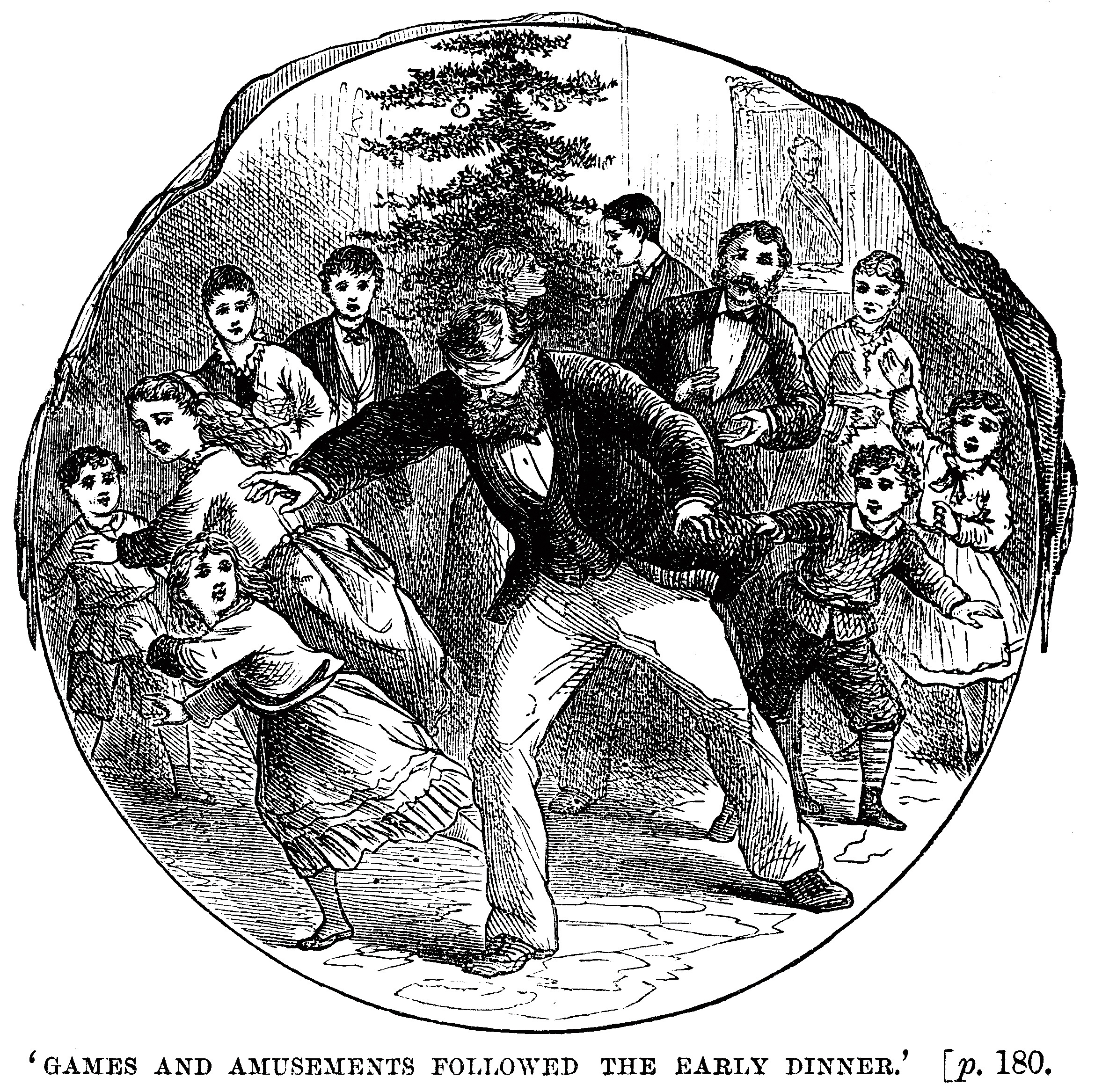
A blindfolded player attempts to find the other players by reaching out to touch them – goaded along the way by teasing little pushes – the original meaning of the word ‘buff’. Versions of the game date back to Ancient Greece and the game is known to have been played at Henry VIII’s court. Object of the game: There isn’t one, it was a very thin excuse to lay hands on the other partygoers.
2. How to play Spoons

You’ll need quick hands and fast fingers for Spoons, together with a pack of playing cards and some teaspoons (one less than the number of players in the game) arranged in a zigzag down the middle of the table. The aim is to collect four cards of a kind, passing a single unwanted card on to the player on your left, as one of the players shouts ‘one, two, three, pass’. As soon as you have a set, you grab a teaspoon, with the other players rushing to grab one too. The player left without a spoon loses one of their three lives and a further spoon is removed whenever a player is out. It’s fun, fast-paced, simple to play, and players of all ages will enjoy it.
3. How to play Pass the parcel
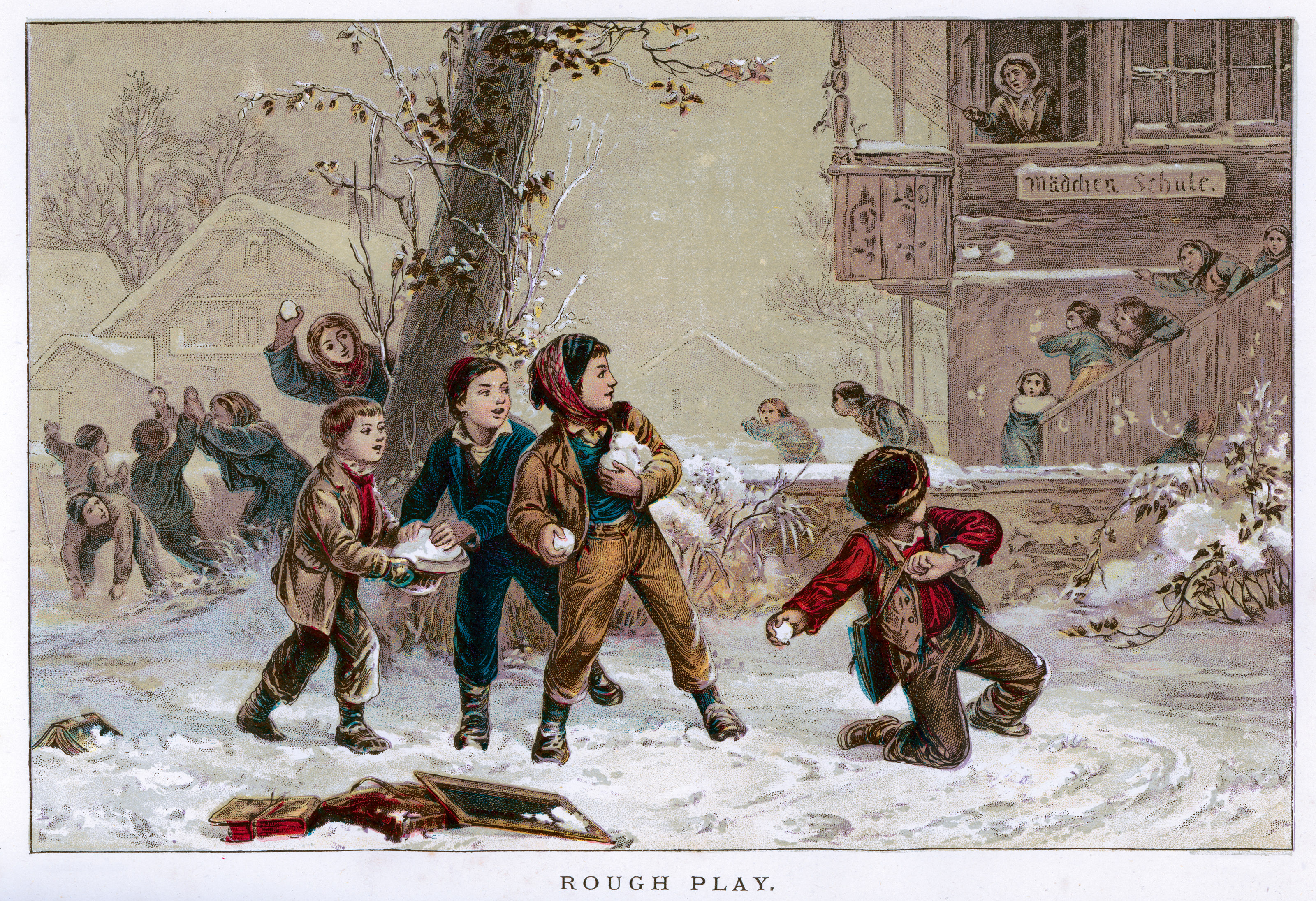
Another party favourite with family appeal is Pass The Parcel – because who doesn’t love opening parcels, especially at Christmas? We all know the rules, a small gift is wrapped in multiple layers of paper, passed round the circle to music, and opened one layer at a time whenever the music stops. Spice things up a bit by including a simple forfeit in each layer.
Get small space home decor ideas, celeb inspiration, DIY tips and more, straight to your inbox!
4. How to play Reverend Crawley's Game

When not involved in kissing games, the Victorians enjoyed what sounds like a forerunner of Twister – Reverend Crawley’s Game. How to play: Everybody stands in a circle. Each player then holds hands with another player, but the hands may not be those of the person next to them, and they may not hold both hands with the same person. This creates a large human knot.
The group now has to work out how to untangle the knot without anyone letting go of any hands. This involves twisting and contorting and should end in one or two circles of people. Who was Reverend Crawley and what gave him the inspiration for this unusual pastime? We have no idea, but we’re very happy to give his favourite party game a try.
5. How to play Wink murder

Another classic is Wink Murder. Everyone stands in a circle and closes their eyes, while one person walks round the players, choosing a murderer by tapping them once on the head. They then choose the detective by tapping a player twice on the head.
The players can open their eyes and the detective moves to the centre of the circle and is allowed three attempts at guessing who the murderer is. Meanwhile, the murderer ‘kills’ the other players by winking at them, trying not to be caught by the detective in the process.
The victims should die dramatically and leave the circle. If the detective can’t identify the murderer in three attempts he remains detective for the next round. If he guesses correctly, the murderer becomes the detective for the next round.
6. How to play Snapdragon
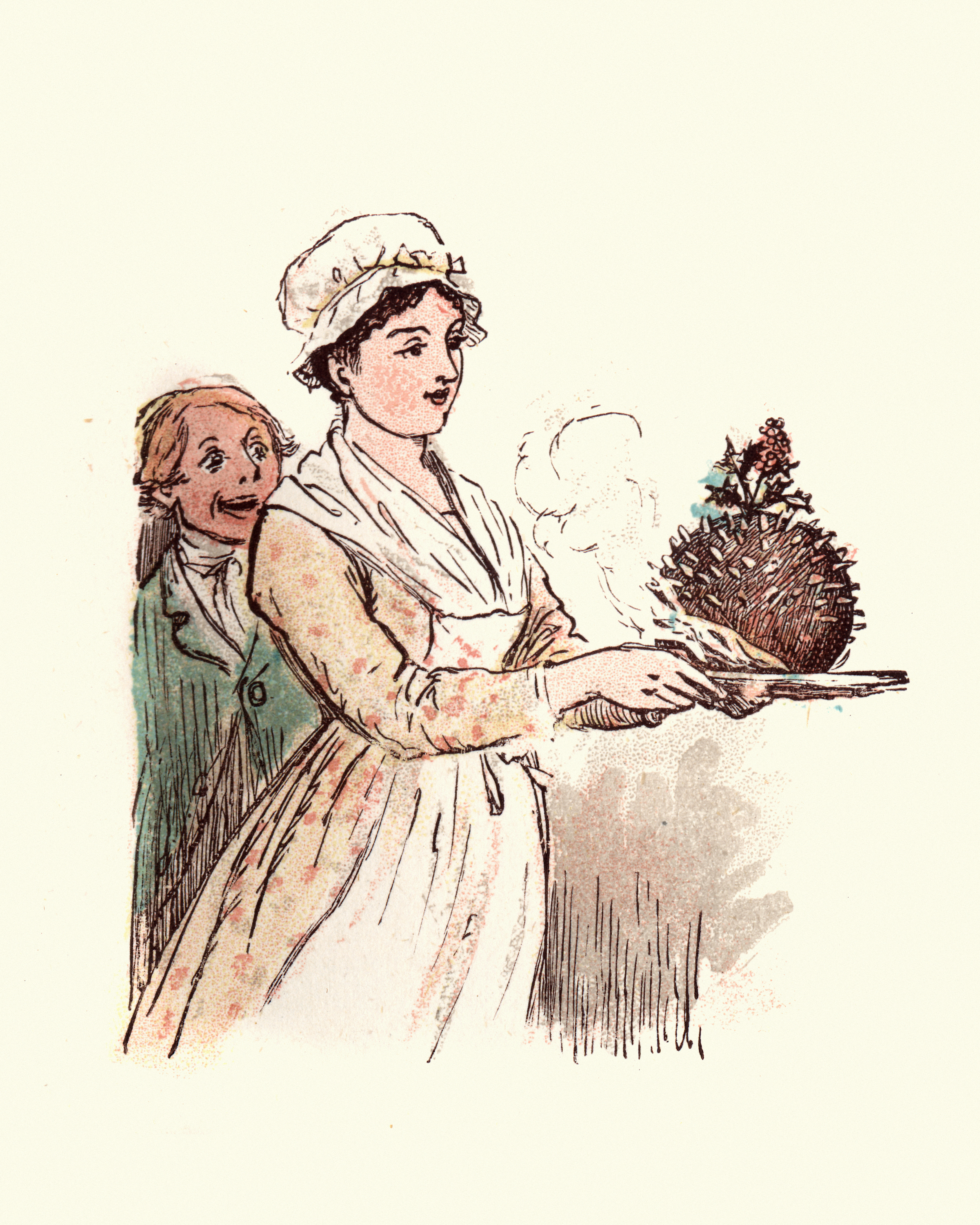
With its blatant disregard for health and safety, Snapdragon is far more likely to result in death than Wink Murder. Thought to date back to the 16th century, it was still a popular Christmas Eve game right through to Victorian times. Brandy was heated and placed in a wide shallow bowl and a large pile of raisins was added to the warm brandy, which was then set alight.
The lights were dimmed and the participants attempt in turn to pull the raisins out of the blaze and eat them, risking burning their fingers, mouths and parlours in the process.
Please DO NOT try this one at home. The risky game has prompted many literary references through the ages – from Samuel Johnson in 1755, through to Dickens’ The Pickwick Papers in 1836, right up to Lewis Carroll’s Through the Looking Glass in 1871.
7. How to play consequences

Want to calm things down a bit? How about:
Consequences – telling a story a sentence at a time, under the following headings: Who? Met who? Where did they meet? They said… They replied… folding the paper over to hide your sentence before passing it on to your neighbour to write the next section. When everybody has filled in their consequence – or ending – you can take
it in turns to read out the completed stories.
8. How to play Heads, bodies and legs
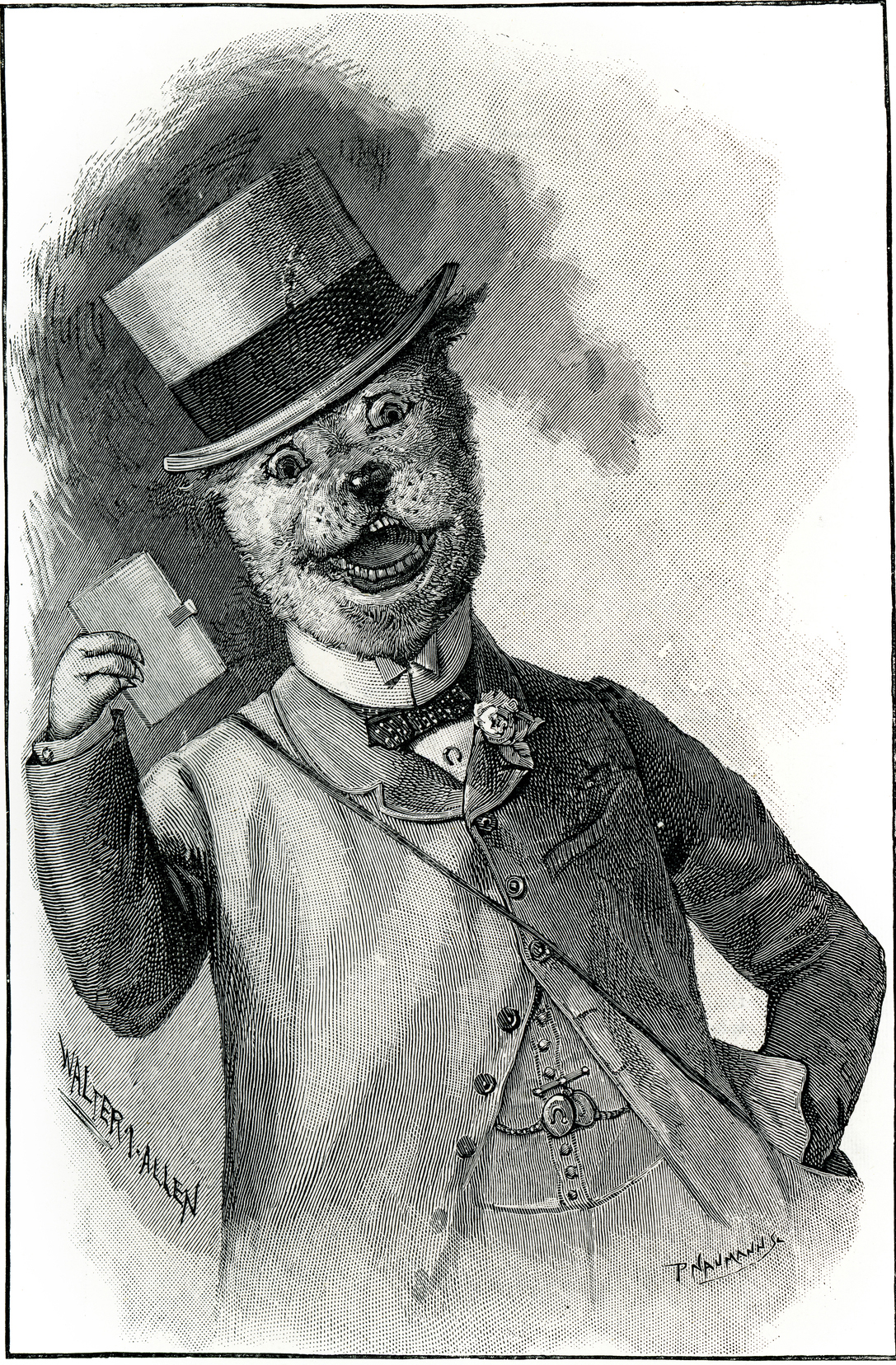
Heads, Bodies and Legs – similar to the above, but everyone draws – you guessed it – a head, then folds over the paper leaving a guide as to where the neck will go, before passing their paper to the next player to draw a body, then passing it on for legs. The pictures of mismatched bodies will certainly raise a few chuckles from any children taking part – what could be funnier than a duck in a stripy T-shirt and shorts, with wrinkly elephant’s feet?
Whatever games you choose this Christmas, we hope you enjoy them
